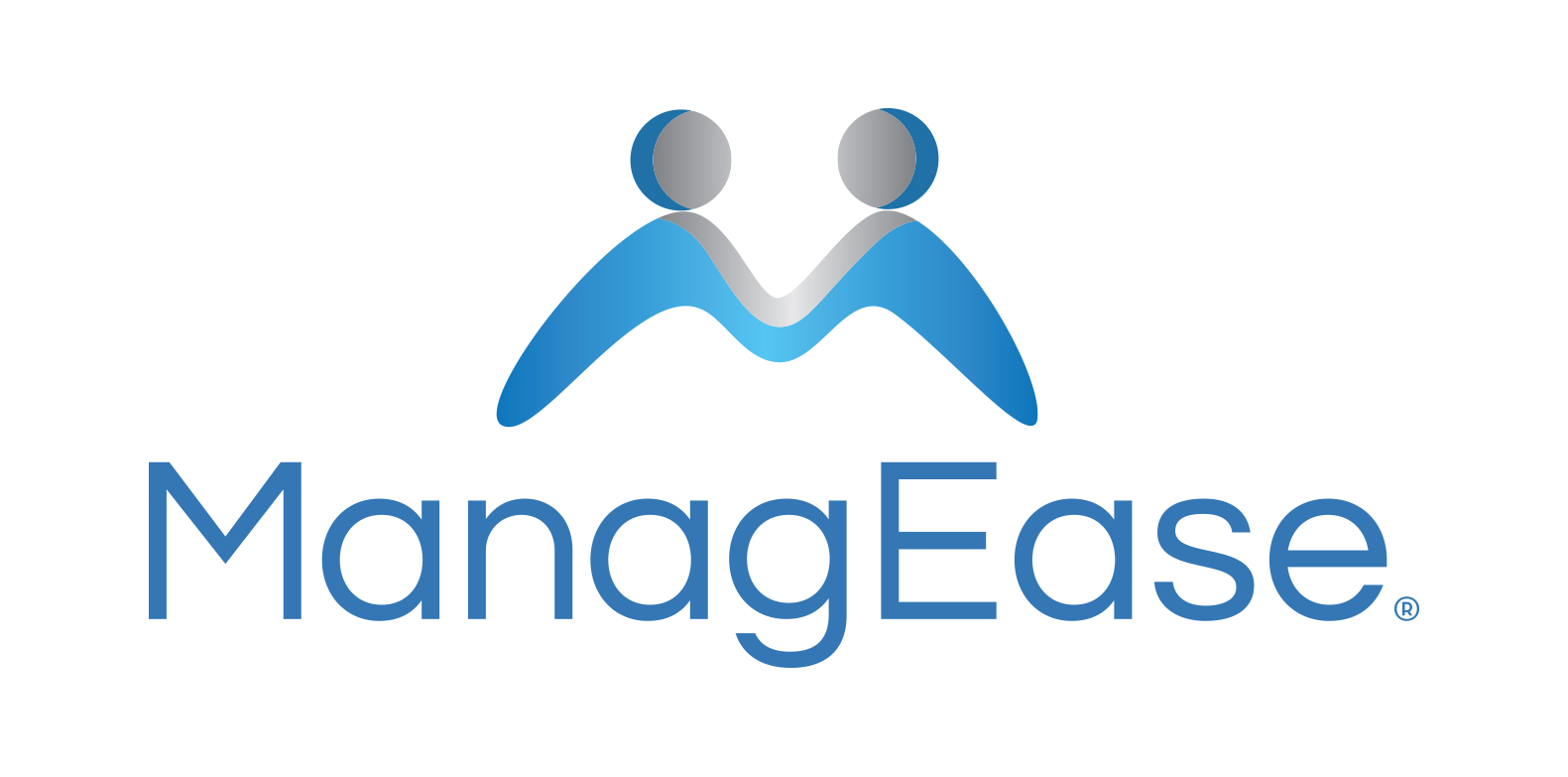|
APPLIES TO
All Employers with 5+ MS Employees
|
EFFECTIVE
July 1, 2022 |
QUESTIONS?
Contact HR On-Call
(888) 378-2456
|
HB 770 implements equal pay protections for full-time Mississippi employees, following similar rules under the federal Equal Pay Act. Specifically, employers with five or more employees are prohibited from paying workers less than they pay workers of the opposite sex in the same establishment for equal work requiring equal skill, education, effort, and responsibility, and performed under similar working conditions.
Pay disparities are permitted only if the employer can show that the differential is based on a seniority system, a merit system, a system that measures earnings by quantity or quality of production, or any other factor other than sex. “Any other factor other than sex” includes, but is not limited to: (1) the salary history or continuity of employment history as compared to an employee of the opposite sex; (2) the extent to which there was competition with other employers for the employee’s services as compared to employees of the opposite sex; and (3) the extent to which the employee attempted to negotiate for higher wages as compared to employees of the opposite sex. Violators must pay back wages, interest, and attorneys’ fees and costs.
Employers may not discharge, discriminate, or retaliate against any employee for taking any action to enforce the bill. There is a two-year statute of limitations on remedies under the bill. Also, the bill purports to remove employee protections under the state law if an employee pursues equal pay protections under federal law, and vice versa. This last provision is expected to be challenged in court.
Mississippi was the last state in the country to enact its own equal pay law. However, employers should note that the bill is more expansive in employer permissions than those of other states or under federal law. Employers must take care to follow the rules of the states in which they operate, as well as applicable federal equal pay laws.
Action Items
- Review the bill here.
- Update hiring and pay practices and procedures for compliance.
- Have appropriate personnel trained on equal pay requirements.
- Subscribers can call our HR On-Call Hotline at (888) 378-2456 for further assistance.
Disclaimer: This document is designed to provide general information and guidance concerning employment-related issues. It is presented with the understanding that ManagEase is not engaged in rendering any legal opinions. If a legal opinion is needed, please contact the services of your own legal adviser. © 2022 ManagEase
